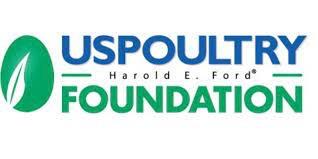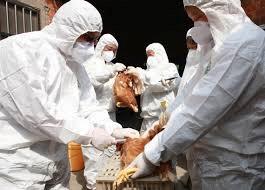 In a September 26th release, US POULTRY and the US POULTRY Foundation requested research pre-proposals to conduct research on aspects of highly pathogenic avian influenza (HPAI).
In a September 26th release, US POULTRY and the US POULTRY Foundation requested research pre-proposals to conduct research on aspects of highly pathogenic avian influenza (HPAI).
Suggested areas of investigation included:
- Evaluation of shedding of virus from flocks infected with HPAI and persistence of the virus in houses following depopulation.
- Humane and effective methods to depopulate caged layer and aviary flocks.
- Possibility of inter-farm transmission of HPAI virus on dust entrained by wind.
- Surveillance of wild birds, presumably both domestic and migratory waterfowl and small mammals for the presence of AI virus.
- Enhancement of biosecurity.
The topics enumerated in the request for pre-proposals are all relevant but omit vaccination that inevitably will be a necessary component along with biosecurity to prevent outbreaks of HPAI. These items in addition to field and molecular epidemiology should have been investigated by USDA-ARS immediately after the 2015 outbreaks and during the 2022 epornitic.

The initiative by US POULTRY is commendable but the need for action by an industry association denotes a lack of initiative and imagination by USDA either in internal research or funding studies by academia. The Department and its APHIS Agency appeared to be stuck in a 1985 mode of attempting to “stamp out” what they consider to be an exotic disease. Uppermost in the epidemiologic investigations should be a realistic determination of whether HPAI is exotic, seasonally endemic or de facto endemic. Obviously, the actual status of HPAI in the U.S. and Canada is pivotal to developing appropriate control and prevention measures. These will rely on a more detailed knowledge of the routes of infection for egg production complexes and turkey grow-out farms. An understanding is required concerning the risk factors for infection and the respective interactions among wild migratory and domestic birds, backyard flocks and commercial operations. An intriguing question is why broiler grow-out farms remained relatively unscathed during the 2022 epornitic.
It is hoped that the Research Committee, in reviewing pre-proposals, will fund projects based on their individual and collective contribution to resolving issues. Coordination of research activities to prevent duplication and to promote a more comprehensive understanding of the dynamics of HPAI will be necessary.